The Odessa Barb, with the scientific name Pethia padamya, is a captivating freshwater fish that belongs to the Cyprinidae family, which also includes other popular aquarium fish like the Rosy Barb and the Gold Barb. This enchanting species is native to the Irrawaddy River basin in Myanmar, where it thrives in slow-moving streams and rivers with plenty of vegetation.
Table of Contents
One of the most striking features of the Odessa Barb is its vibrant coloration. Males display a dazzling combination of red, black, and silver hues, with the intensity of their colors increasing during breeding periods. Females, on the other hand, exhibit a more subdued silver and black coloration.
Interestingly, the Odessa Barb is a mid-dweller, meaning it spends most of its time in the middle layers of the water column. This makes them an excellent addition to community tanks, as they won’t interfere with bottom-dwelling or surface-dwelling species.
When it comes to diet, Odessa Barbs are omnivorous and relatively easy to feed. They readily accept a variety of commercially prepared flakes, pellets, and frozen foods like brine shrimp and daphnia. Occasionally providing them with blanched vegetables like spinach or zucchini can help ensure a well-rounded diet.
In terms of tank setup, Odessa Barbs thrive in aquariums with a minimum capacity of 30 gallons. They prefer well-planted tanks with plenty of hiding spots and open swimming areas. Maintaining good water quality is crucial, as they are sensitive to high levels of ammonia and nitrite.
Did you know that Odessa Barbs are known for their playful and active nature? They are constantly on the move, exploring their surroundings and interacting with their tank mates. This lively behavior makes them a joy to observe and a popular choice among aquarium enthusiasts.
When selecting tank mates for Odessa Barbs, it’s essential to choose peaceful, similarly-sized species that can tolerate the same water conditions. Some suitable companions include Rasboras, Tetras, and smaller Gouramis. Avoid keeping them with larger, aggressive fish that may view them as prey.
Odessa Barbs have an interesting history in the aquarium trade. They were first introduced to the hobby in the early 2000s and quickly gained popularity due to their stunning appearance and engaging personality. Today, they are widely available in pet stores and online retailers.
The Odessa Barb is a captivating and enriching addition to any home aquarium. With its vibrant colors, lively behavior, and peaceful disposition, it is sure to enhance the vibrancy and allure of a well-maintained community tank.
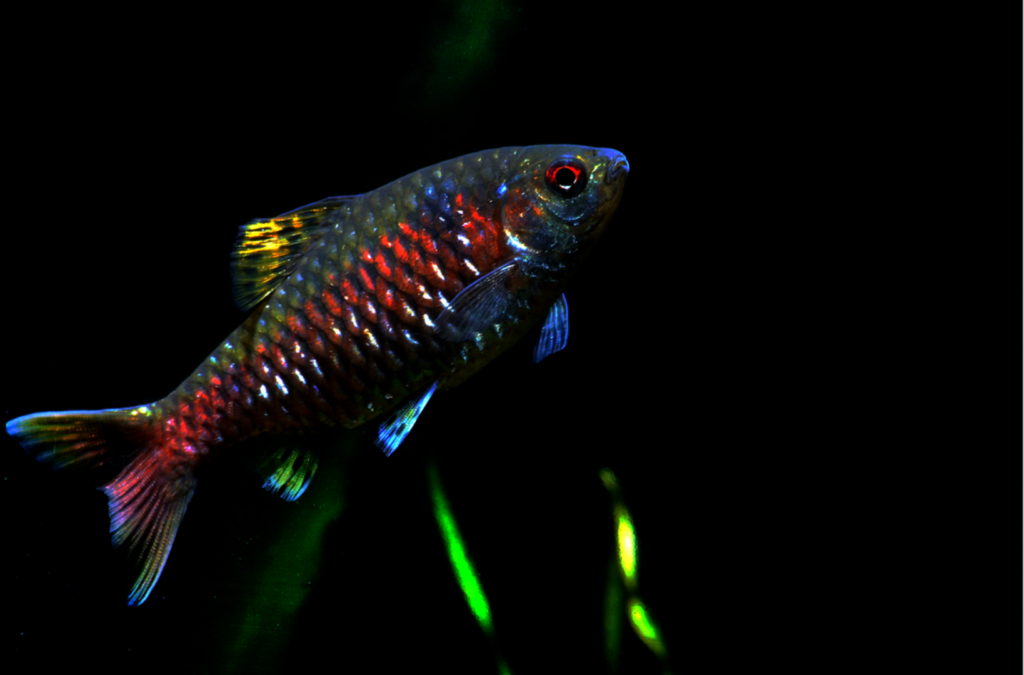
Key Information
The Odessa Barb (Pethia padamya) is a stunningly beautiful freshwater fish that captivates aquarium enthusiasts with its vibrant colors. Males display a dazzling combination of red, black, and silver hues, with the intensity of their colors increasing during breeding periods. The red coloration is particularly striking, covering the majority of the male’s body. Females, on the other hand, exhibit a more subdued silver and black coloration, with a hint of red on their fins.
| Family | Cyprinidae |
| Price | $5 – $10 per fish |
| Common Names | Odessa Barb, Scarlet Barb, Ruby Barb |
| Variants | None |
| Ideal Tank Size | 30 gallons or larger |
| Water Parameters | Temperature: 68-79°F (20-26°C), pH: 6.0-7.5, Hardness: 5-20 dGH |
| Lifespan | 3-5 years |
| Full Size | 2.5-3 inches (6-7.5 cm) |
| Natural Environment | Slow-moving streams and rivers with plenty of vegetation in the Irrawaddy River basin, Myanmar |
| Behavior | Peaceful, active, schooling fish |
| Habitat Preference | Mid-dweller, prefers well-planted tanks with open swimming areas |
| Aquarium Decoration | Plenty of plants, rocks, and driftwood for hiding and exploration |
| Ideal Tank Mates | Other peaceful, similarly-sized fish like Rasboras, Tetras, and smaller Gouramis |
| Fish to Avoid | Larger, aggressive fish that may view them as prey |
| Best Foods/Diet | Omnivorous; accepts flakes, pellets, frozen foods like brine shrimp and daphnia, and blanched vegetables |
| Disease | Susceptible to common freshwater fish diseases if water quality is poor |
| Sex-Switch | No |
| Gender Differences | Males are more colorful with red, black, and silver hues; females have a subdued silver and black coloration |
| Care Level | Easy to moderate |
| Breeding Level | Moderate; spawns readily in the right conditions but may eat their eggs and fry if not separated |
Ideal Tank Mates
When choosing tank mates for Odessa Barbs (Pethia padamya), it’s essential to consider their peaceful temperament, active nature, and preferred habitat. Odessa Barbs thrive in well-planted community tanks with plenty of open swimming areas and hiding spots. They do best with similarly-sized, peaceful fish that share their water parameter requirements and won’t view them as prey or competitors.
Ideal tank mates for Odessa Barbs should be able to tolerate a temperature range of 68-79°F (20-26°C), a pH of 6.0-7.5, and a hardness of 5-20 dGH. They should also be active swimmers that won’t outcompete the Odessa Barbs for food or space. It’s essential to keep Odessa Barbs in groups of at least 6 to ensure their comfort and well-being, as they are naturally schooling fish.
Here are 15 ideal tank mates for Odessa Barbs, along with explanations of why they are compatible:
Neon Tetras
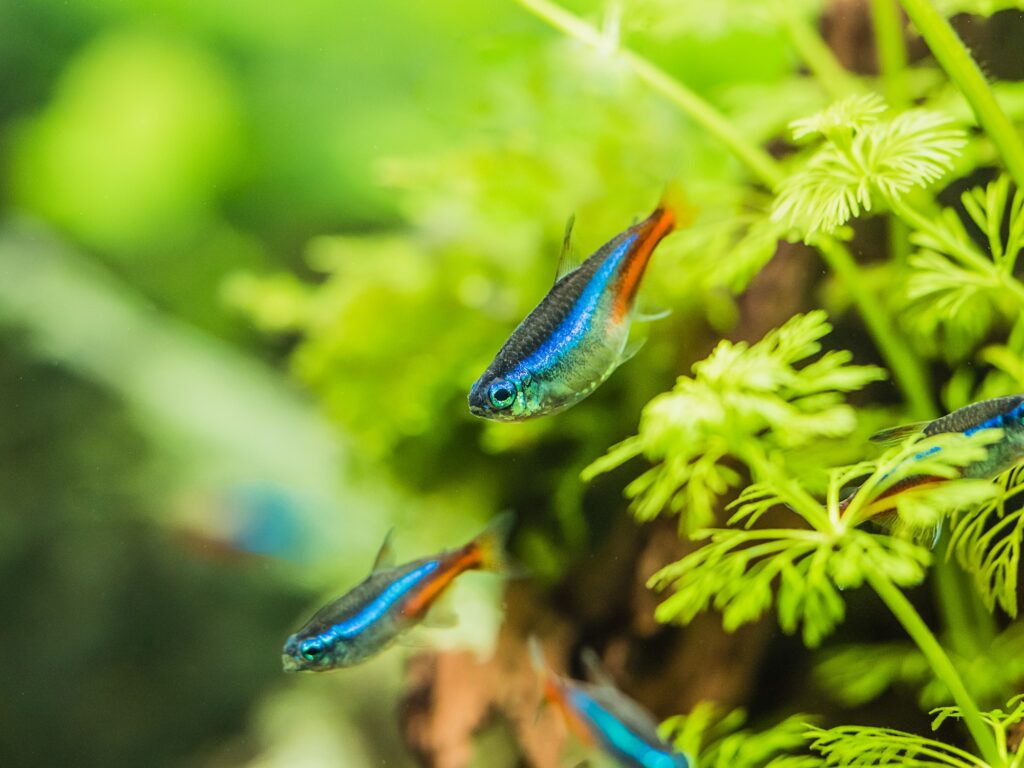
Neon Tetras are small, peaceful, and colorful fish that share similar water requirements with Odessa Barbs. They occupy the mid to upper levels of the tank, allowing the Odessa Barbs plenty of swimming space.
Rummy Nose Tetras
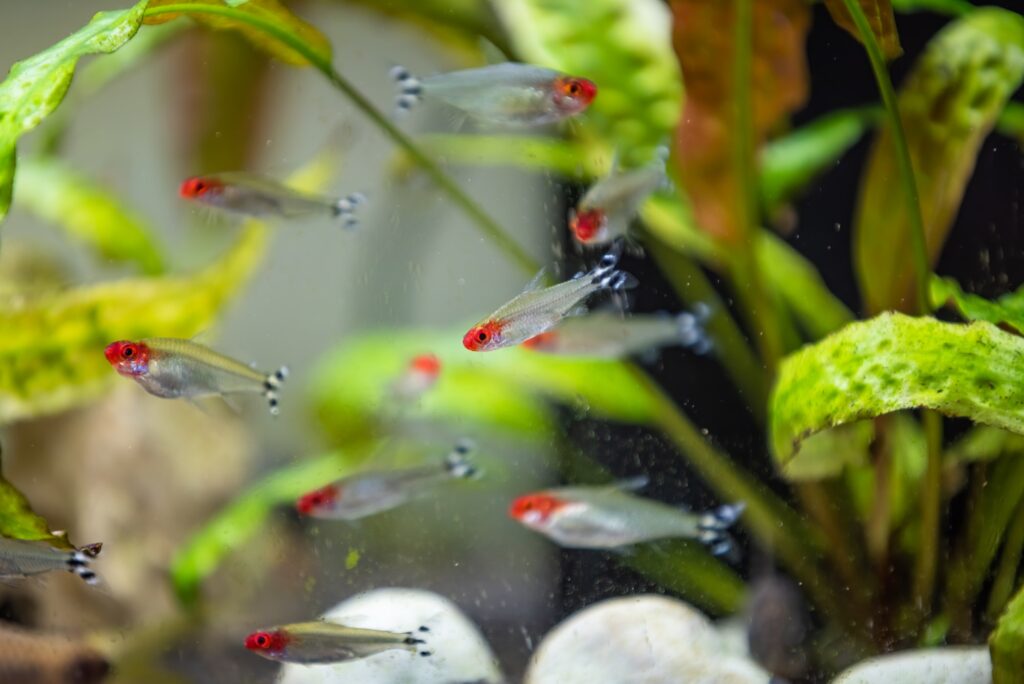
Rummy Nose Tetras are another peaceful schooling fish that make excellent companions for Odessa Barbs. They are active swimmers and add visual interest to the tank with their distinctive red noses.
Harlequin Rasboras
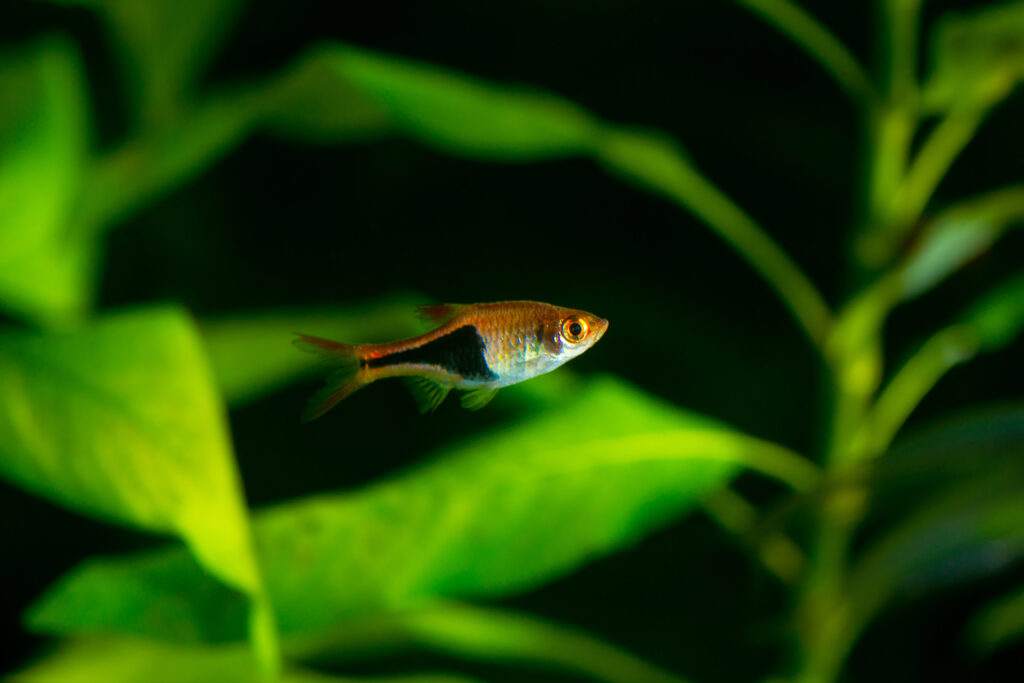
Harlequin Rasboras are small, peaceful, and adaptable fish that thrive in the same water conditions as Odessa Barbs. They are active swimmers and will school together, creating a stunning display in the tank.
Cherry Barbs
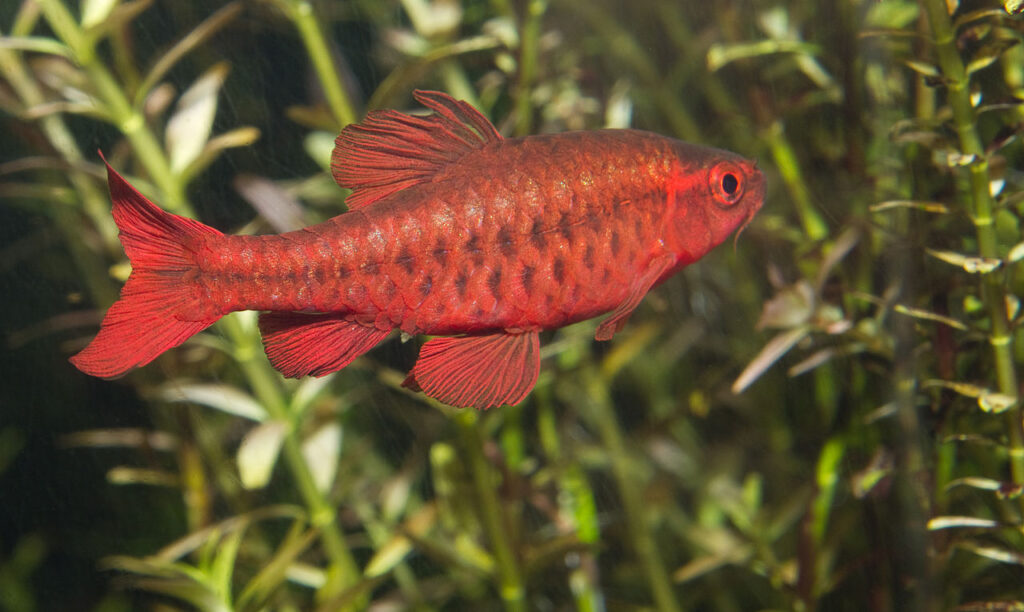
Cherry Barbs are peaceful, active, and colorful fish that share similar size and water requirements with Odessa Barbs. They add a pop of bright red color to the tank and make a great addition to a community setup.
Zebra Danios
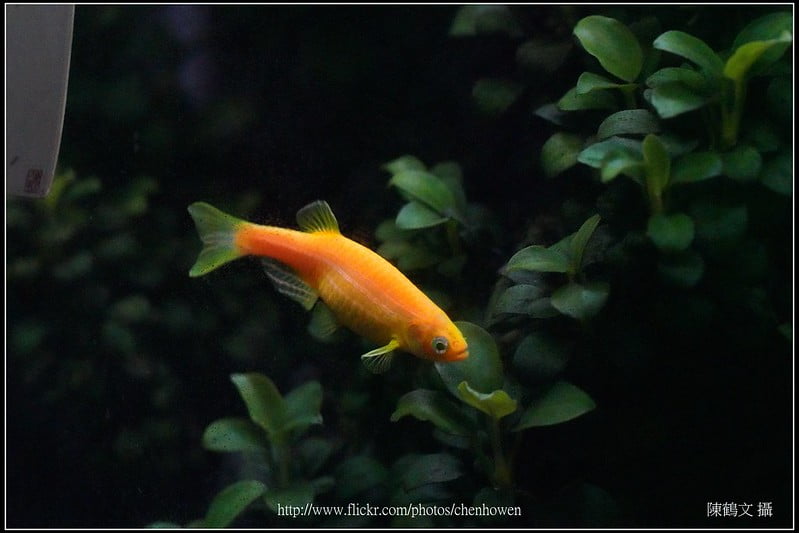
Zebra Danios are hardy, active, and peaceful fish that can tolerate a wide range of water conditions. They occupy the upper levels of the tank, allowing the Odessa Barbs plenty of swimming space in the middle.
Dwarf Gouramis
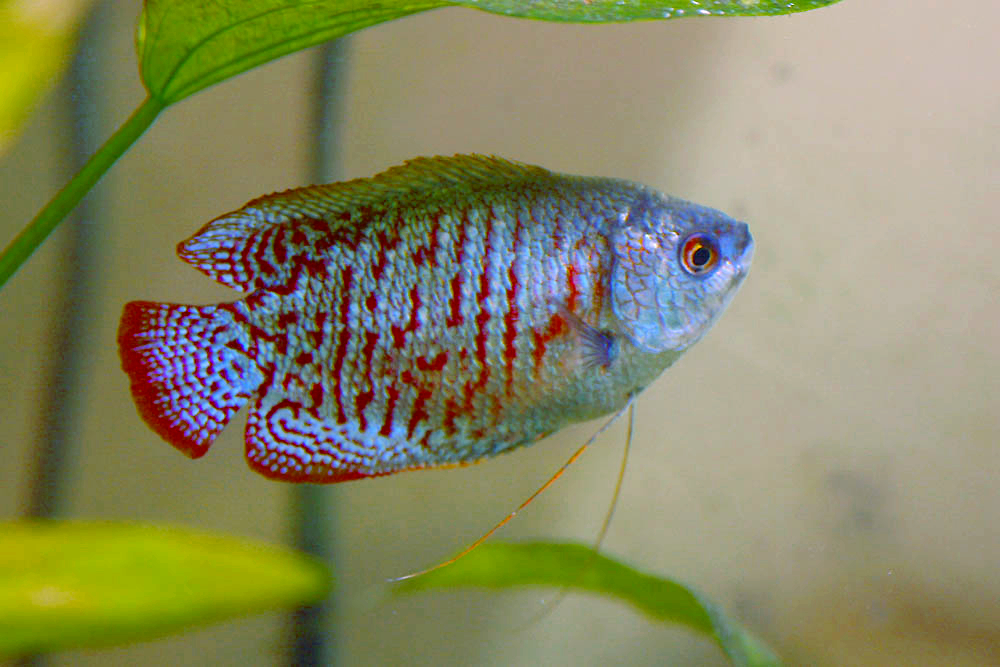
Dwarf Gouramis are peaceful, colorful, and relatively slow-moving fish that won’t outcompete the Odessa Barbs for food or space. They occupy the upper levels of the tank and add a unique shape and color to the community.
Bristlenose Plecos
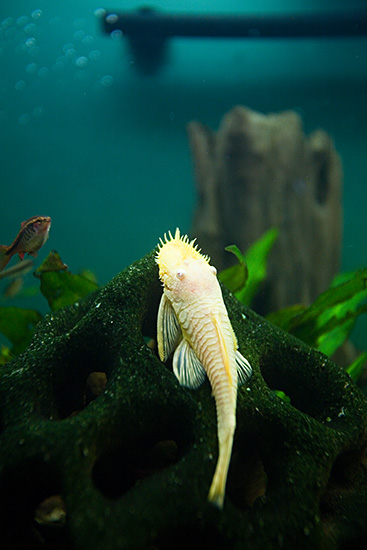
Bristlenose Plecos are peaceful, bottom-dwelling fish that help keep the tank clean by eating algae. They won’t interfere with the Odessa Barbs and can help maintain a healthy aquarium environment.
Kuhli Loaches
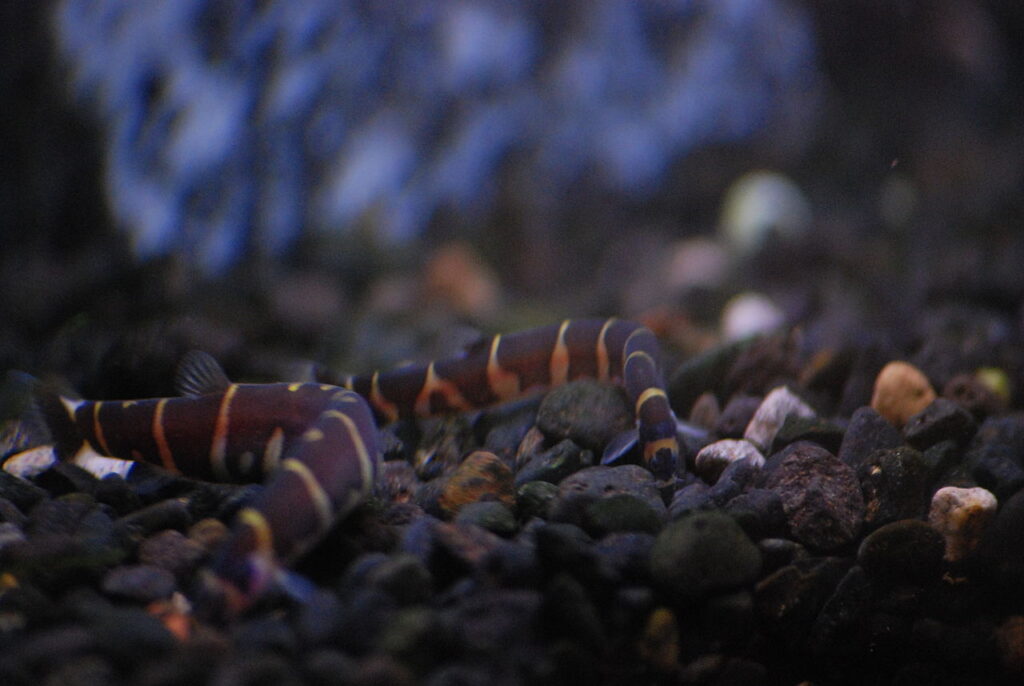
Kuhli Loaches are peaceful, bottom-dwelling fish that are active at night. They won’t compete with the Odessa Barbs for space and add a unique, eel-like shape to the tank.
Cory Catfish
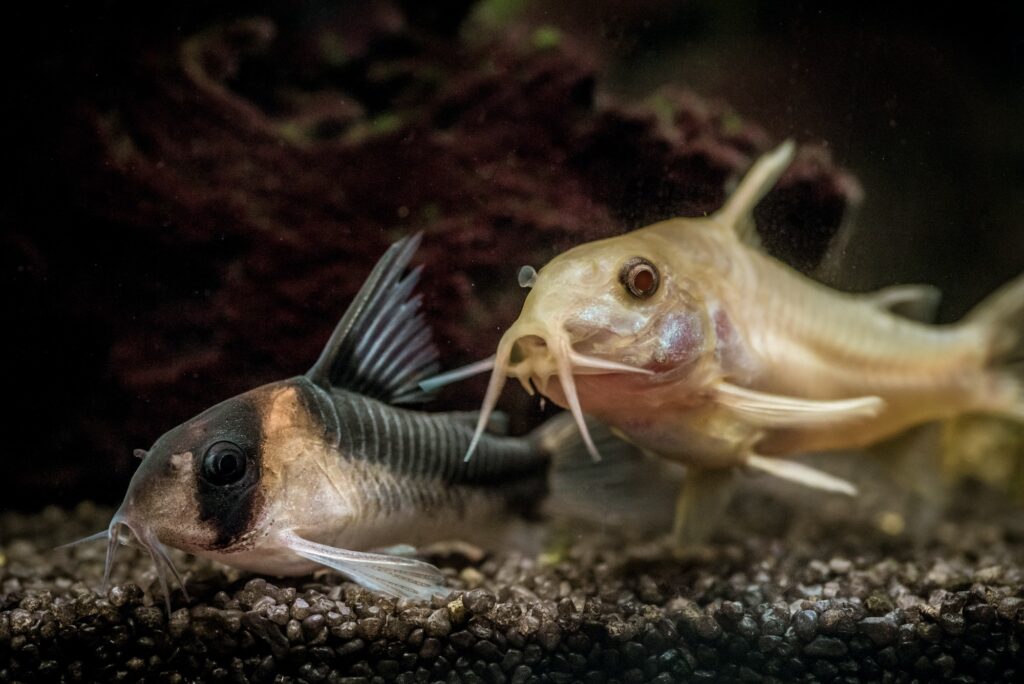
Cory Catfish are peaceful, bottom-dwelling fish that help keep the substrate clean. They are active and social, often schooling together in groups. They won’t interfere with the Odessa Barbs and add diversity to the tank.
Ember Tetras
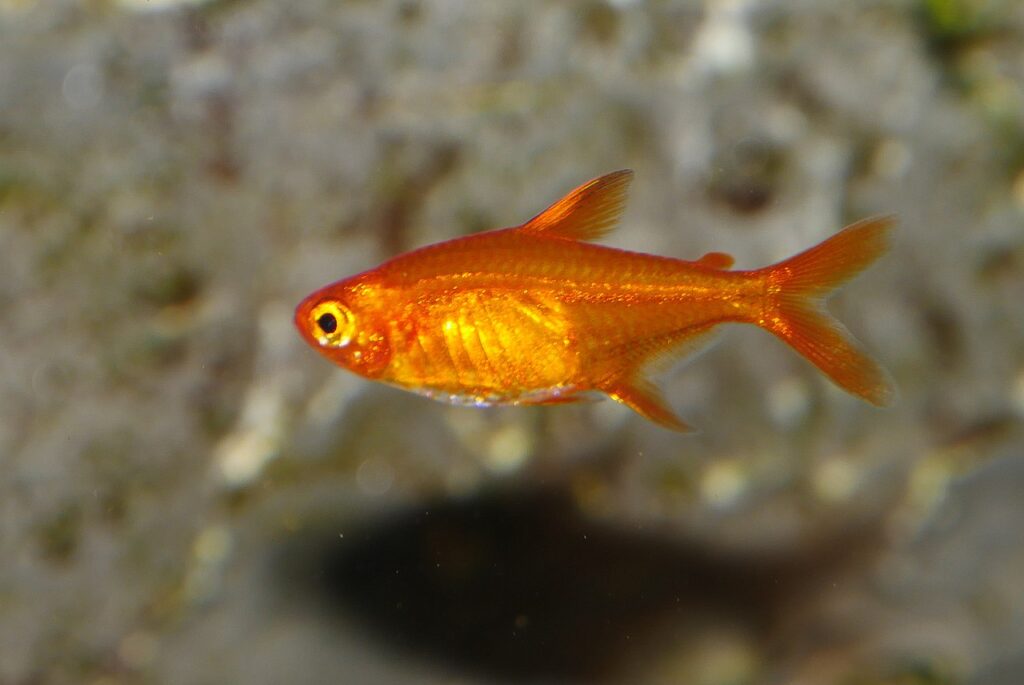
Ember Tetras are small, peaceful, and colorful fish that share similar water requirements with Odessa Barbs. They occupy the mid to upper levels of the tank and add a stunning orange hue to the community.
White Cloud Mountain Minnows
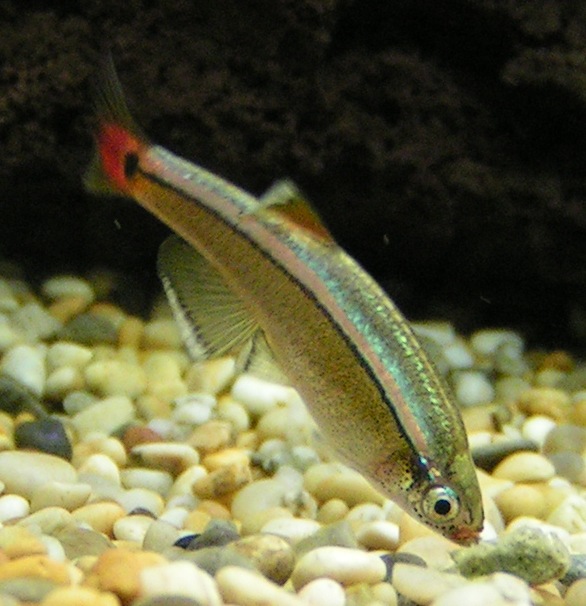
White Cloud Mountain Minnows are peaceful, hardy, and active fish that thrive in the same water conditions as Odessa Barbs. They are excellent swimmers and will school together, creating a beautiful display in the tank.
Otocinclus Catfish
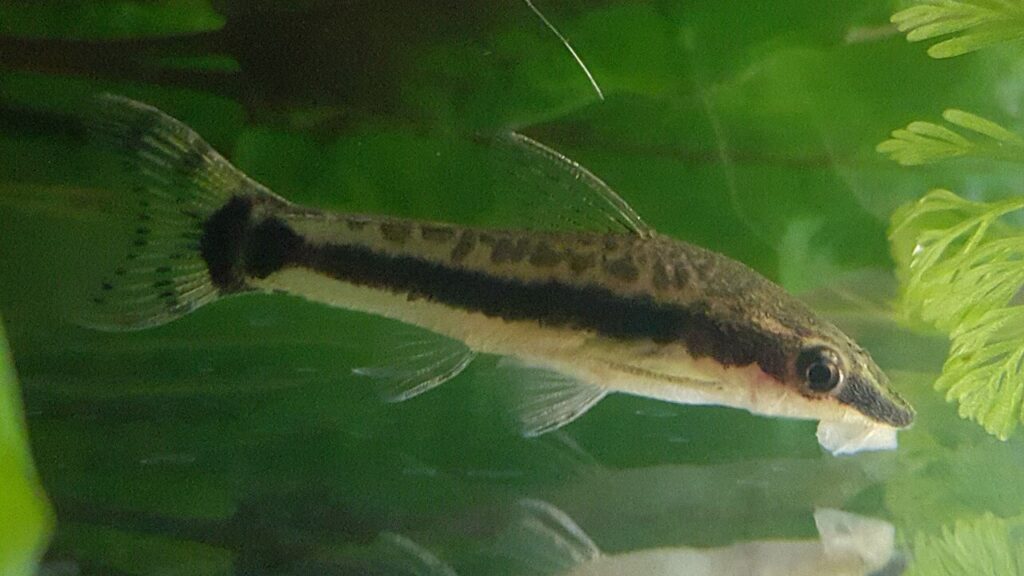
Otocinclus Catfish are small, peaceful, and industrious algae eaters that won’t compete with the Odessa Barbs for food or space. They help maintain a clean and healthy tank environment.
Siamese Algae Eaters
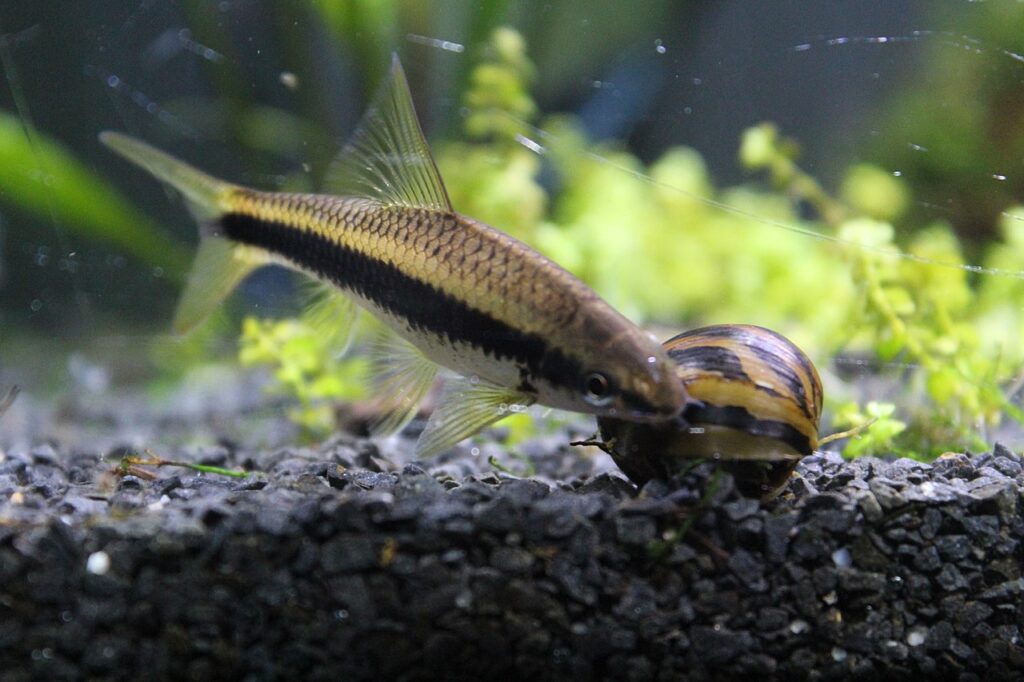
Siamese Algae Eaters are peaceful, active, and efficient algae eaters that will help keep the tank clean without bothering the Odessa Barbs. They are larger than Otocinclus Catfish but still relatively peaceful.
Black Neon Tetras
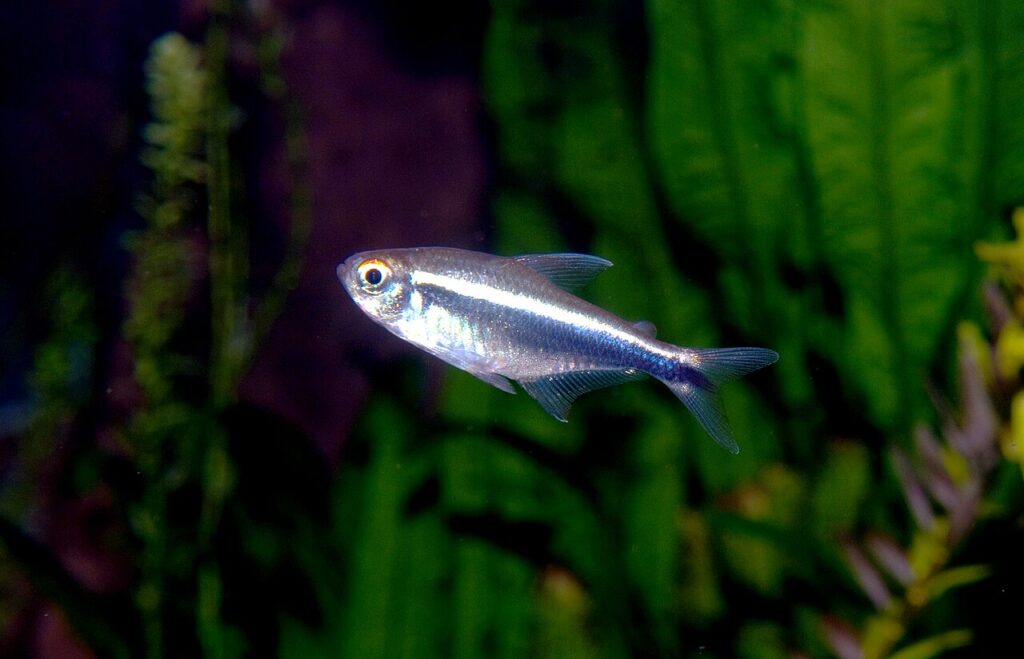
Black Neon Tetras are small, peaceful, and striking fish that share similar water requirements with Odessa Barbs. They occupy the mid to upper levels of the tank and add a bold, contrasting color to the community.
Cardinal Tetras
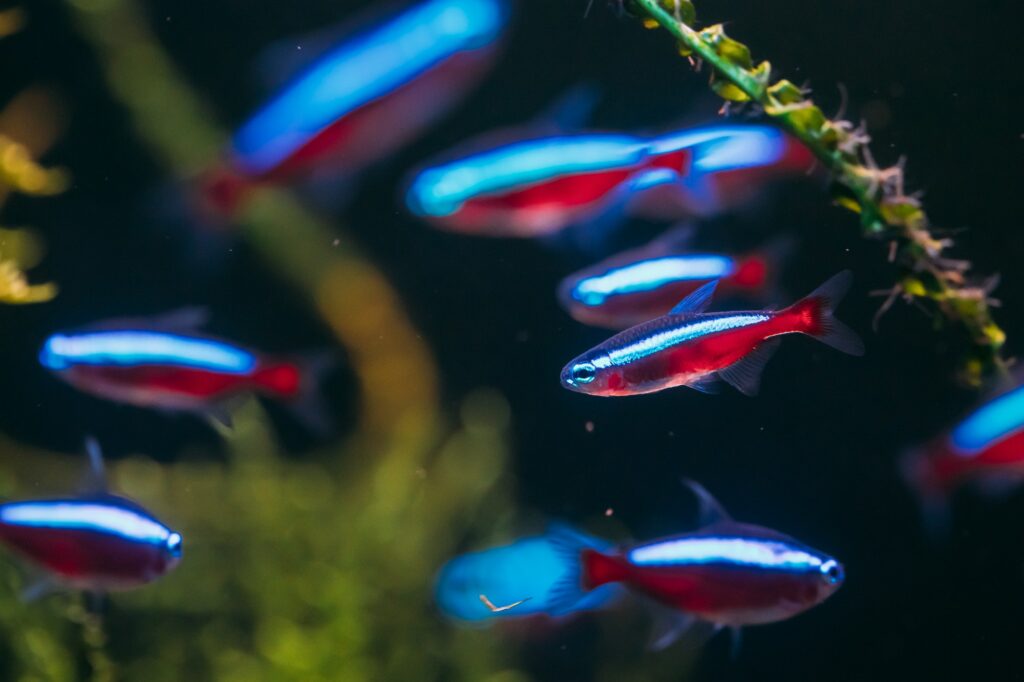
Cardinal Tetras are peaceful, colorful, and slightly larger than Neon Tetras. They thrive in the same water conditions as Odessa Barbs and make a stunning addition to the community tank with their bright red and blue coloration.
FAQs
How long do Odessa Barbs live?
Odessa Barbs have a lifespan of 3-5 years when provided with proper care, a well-maintained tank, and a balanced diet.
Are Odessa Barbs suitable for beginners?
Yes, Odessa Barbs are a good choice for beginner aquarists due to their peaceful nature, adaptability, and relative ease of care. However, it’s still important to research their specific requirements and maintain a healthy aquarium environment.
Can Odessa Barbs be kept in a planted tank?
Absolutely! Odessa Barbs thrive in well-planted tanks that mimic their natural habitat. Live plants provide hiding spots, improve water quality, and create a visually appealing aquascape.
Do Odessa Barbs jump out of the tank?
While it’s not common for Odessa Barbs to jump out of the tank, it’s always a good idea to keep a secure lid on your aquarium to prevent any potential escapes.
How often should I feed my Odessa Barbs?
Feed your Odessa Barbs small amounts of food 2-3 times a day. Offer only what they can consume within 2-3 minutes to avoid overfeeding and maintain good water quality.
Are Odessa Barbs sensitive to water changes?
Like most fish, Odessa Barbs can be sensitive to sudden changes in water parameters. Always perform regular, partial water changes (10-15% weekly) to maintain stable water conditions and avoid stressing your fish.
Can Odessa Barbs be kept in a community tank with shrimp?
Yes, Odessa Barbs can be kept with peaceful, similarly-sized shrimp species like Cherry Shrimp or Amano Shrimp. However, keep in mind that very small shrimp may be viewed as food by the barbs.
Do Odessa Barbs school with other barb species?
While Odessa Barbs are schooling fish, they prefer to school with their own species. They may swim alongside other peaceful barbs but will typically form tighter groups with other Odessa Barbs.
How can I tell if my Odessa Barbs are stressed?
Signs of stress in Odessa Barbs include loss of appetite, lethargy, hiding, rapid breathing, and abnormal swimming patterns. If you notice these symptoms, check your water parameters and address any issues promptly.
Can Odessa Barbs be kept in a bare-bottom tank?
While it’s possible to keep Odessa Barbs in a bare-bottom tank, it’s not ideal. These fish prefer a more natural setup with a substrate, plants, and hiding spots to feel secure and display their natural behaviors.